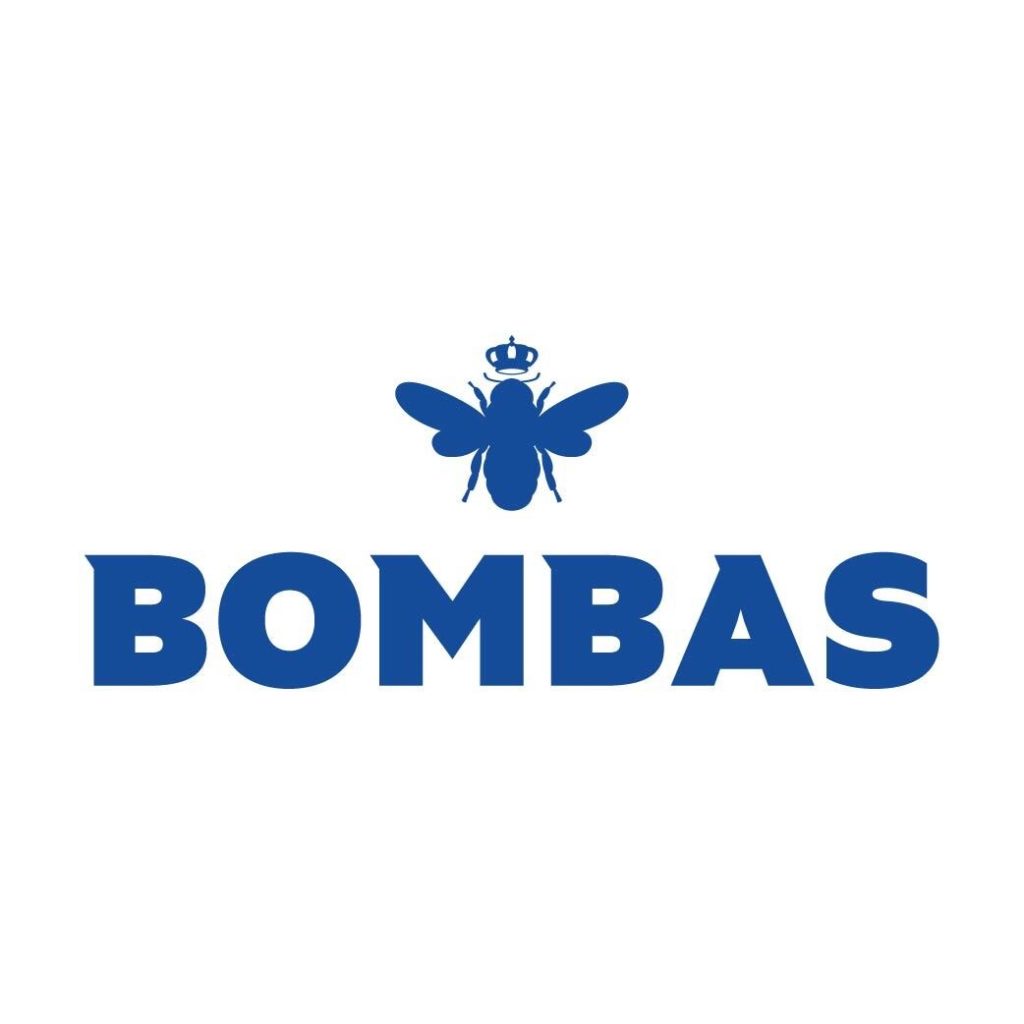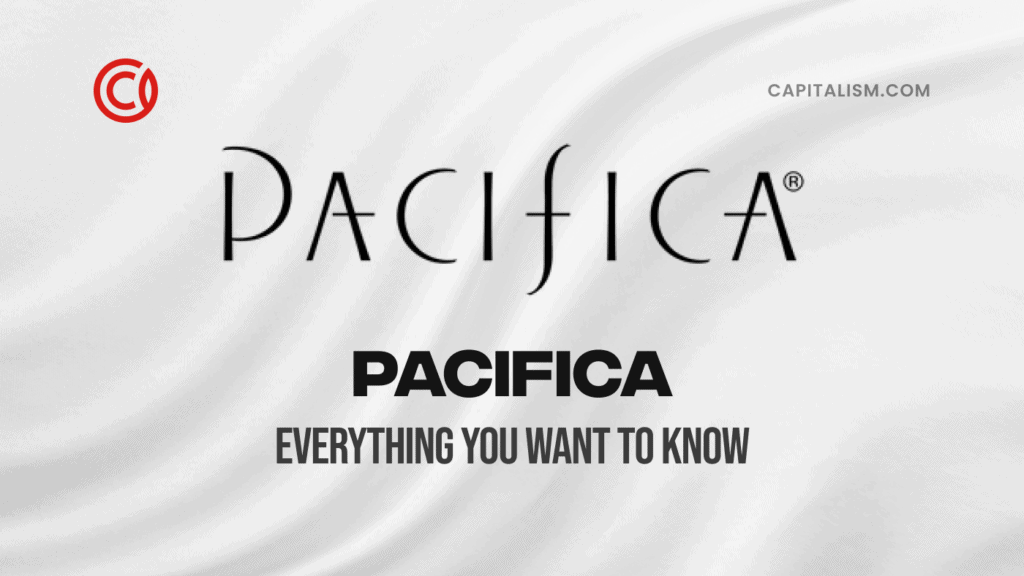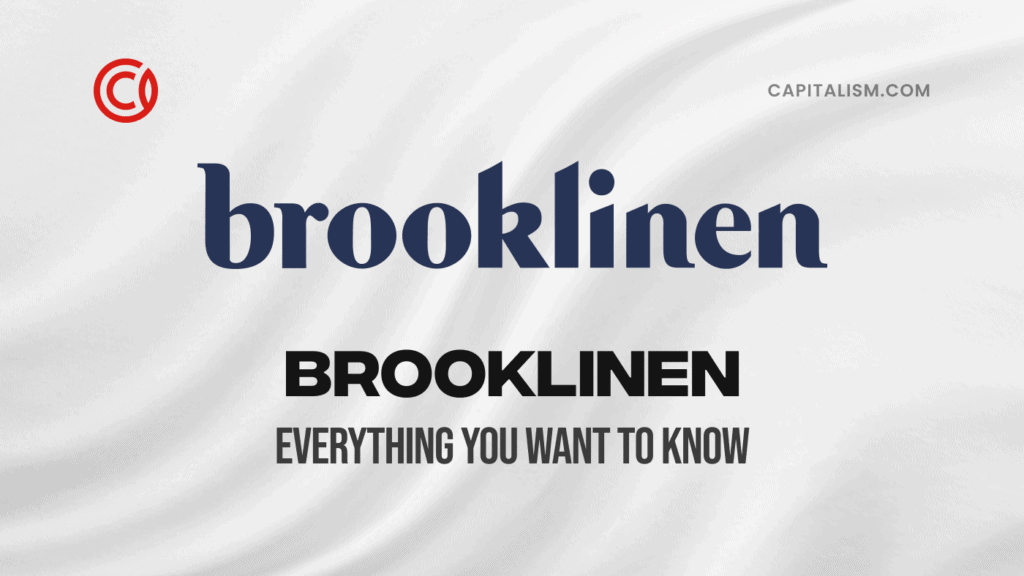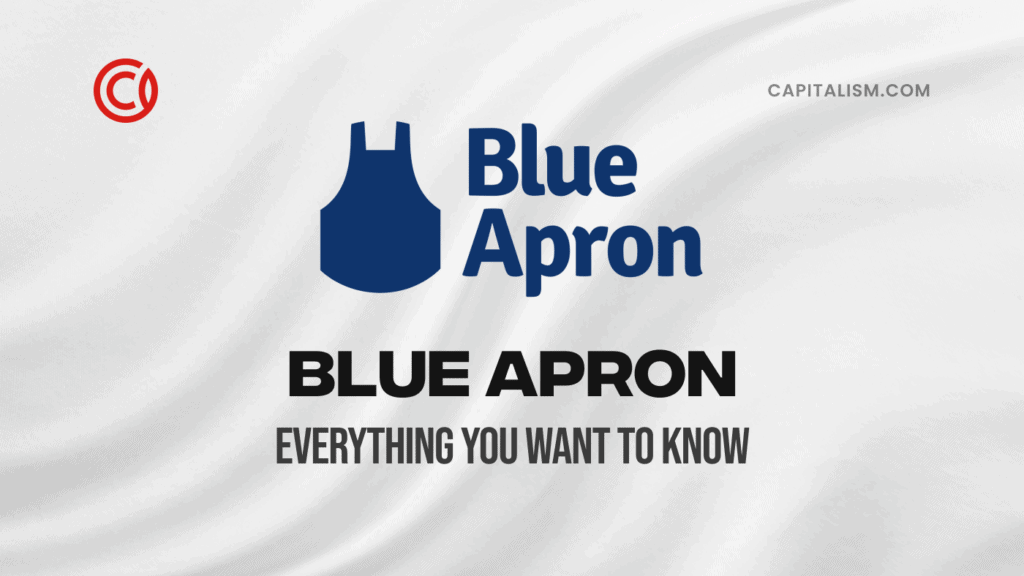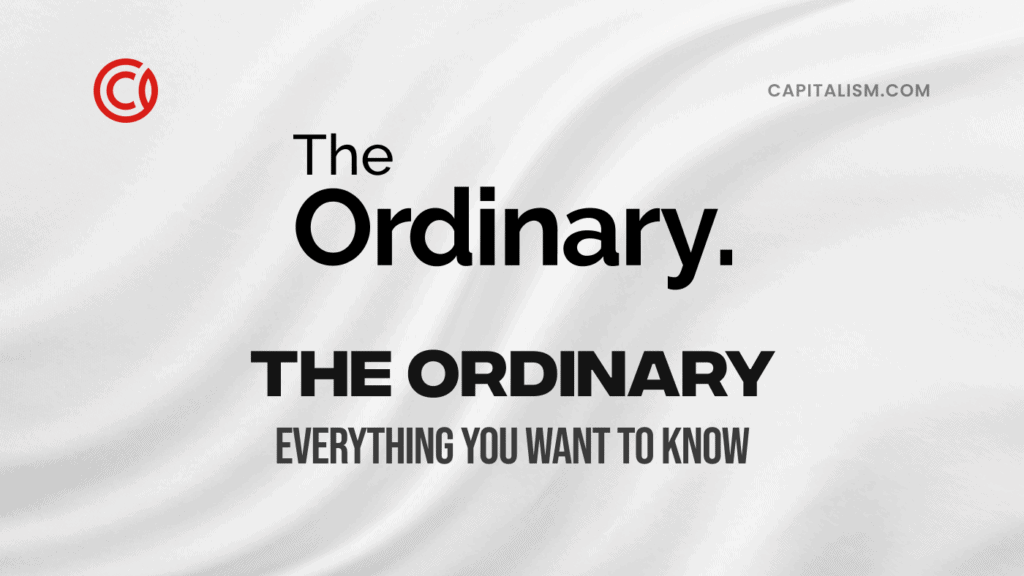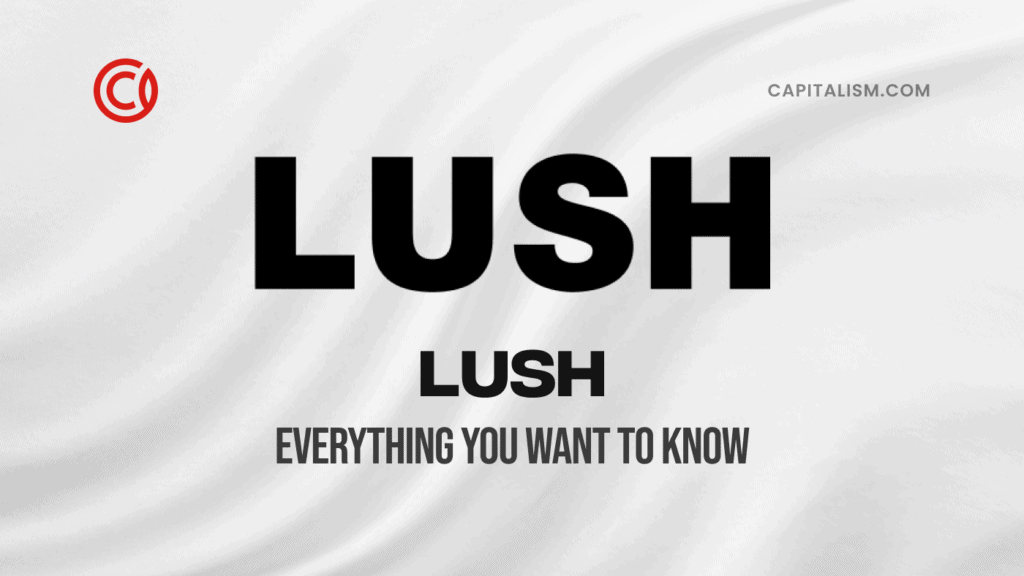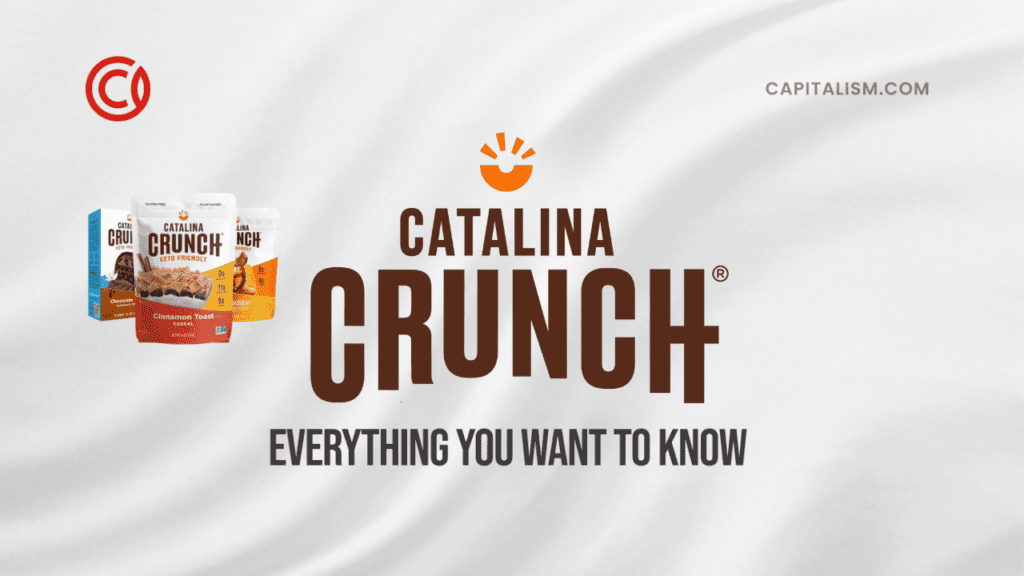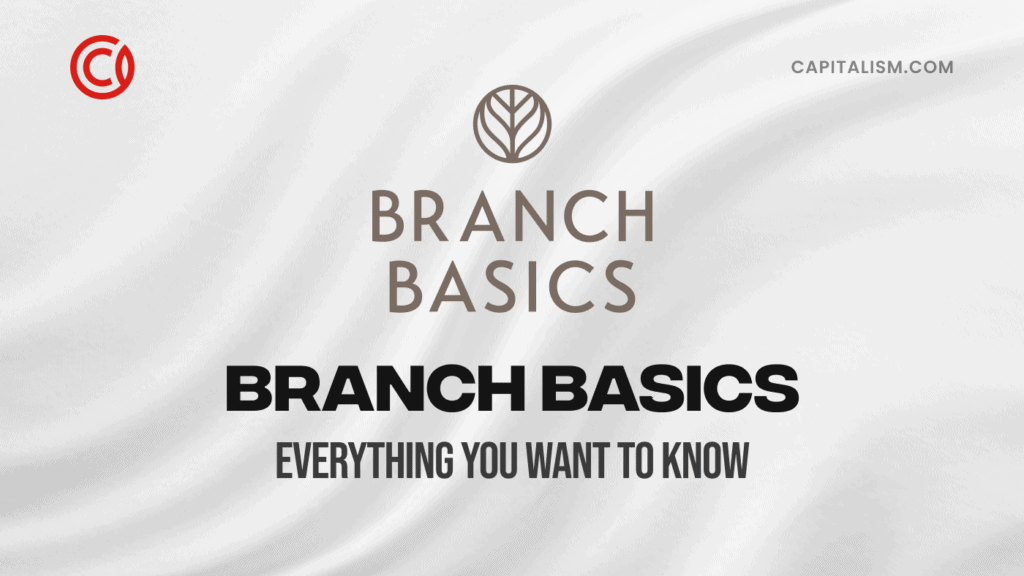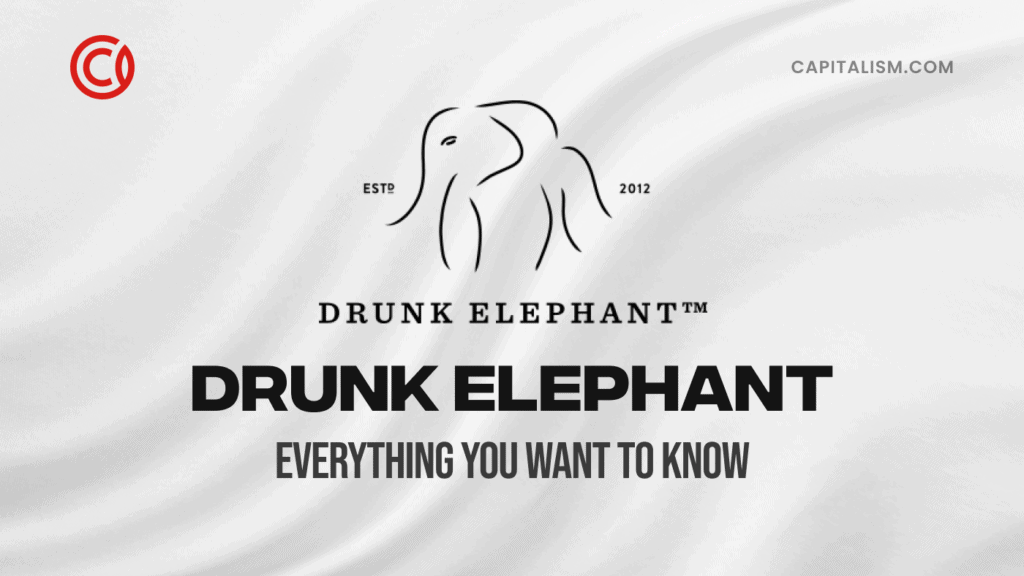Social entrepreneurs create businesses that aim to improve the welfare of others. One strategy gaining popularity: the "one-for-one" business model. For each one sold, they give one away.
Many consider Bombas the "TOMS" or "Warby Parker" for socks. After learning that socks were the most requested item by homeless shelters, David Heath and Randy Goldberg founded Bombas. For each pair of socks they sell, they give away one pair to a homeless shelter.
But Bombas socks aren't just any ole' socks. They're better designed, more comfortable, and longer-lasting. Let's learn more about Bombas — their mission, how they started and how they donated millions of items to support those affected by homelessness.
Bombas: Helping Relieve Homelessness One Pair of Socks At a Time
Company Highlights
- Bombas started in 2013 by David Heath and Randy Goldberg.
- The duo found inspiration in a Facebook post that revealed socks as the item homeless shelters needed most.
- For every pair of Bombas socks purchased, the company will donate another pair to somebody in need.
- Bombas socks are specially designed with super soft wool and honeycomb-design arch support. They also did away with toe seams and ensure calf socks don't droop down.
- They raised nearly $150,000 through their Indiegogo crowdfunding campaign. Two months after appearing on Shark Tank, Bombas made $1.2 million in sales.
- By 2018, they generated $102 million in revenue. In 2019, Bombas donated over 18 million socks and t-shirts.
Bombas Company History
The Facebook post that started it all

David Heath and Randy Goldberg were both working together at a media startup. In 2011, Heath was scrolling on Facebook when he stumbled across a post about homelessness. It showed that the top requested item in homeless shelters were socks.
This struck a chord in Heath. "Something that I have never spent more than a few seconds thinking about turns out to be a luxury for almost 600,000 people here in the U.S. alone," he said in an interview with Workhuman.
There were other companies, like TOMS and Warby Parker, that were helping solve social problems in their way. They could do the same for socks and homelessness.
"If we need to donate a lot of socks, we need to sell a lot of socks. And to sell a lot of socks, we've got to create the best socks in the history of feet," Heath added.
Even socks need some R&D
Heath and Goldberg wanted to test if their idea could really work. They started with researching everything that sucked about socks on the current market.
"We looked at every pair of socks in the market [and] we realized that what most people were wearing just weren't that comfortable. And there were ideas and features that we started to notice that we could improve upon, and we just set out on a ... journey to create one, amazing pair of socks." Goldberg told CNBC Make It.
Goldberg and Heath also worked with different manufacturers to produce sample socks. They gave samples away to friends and family for feedback.
Keep in mind, Heath and Goldberg were still working full-time jobs. This was their evening and weekend project. Also, they were using their personal savings to bootstrap the R&D for this business idea. They even denied requests from friends and family that offered to help finance their business.
ABC News asked the worst advice they received. Heath answered it was to raise as much money as possible. "When you have cash, you'll spend it," he said. "When you don't, you'll be thoughtful about how you spend what little cash you have. This forces you to learn to be efficient, strategic, and really consider your every move."
And creative they were. Heath and Goldberg would even hand out sock samples to random people at the gym.
After two years of research and development, Bombas finally settled on a design that worked.
The Bombas sock redesign
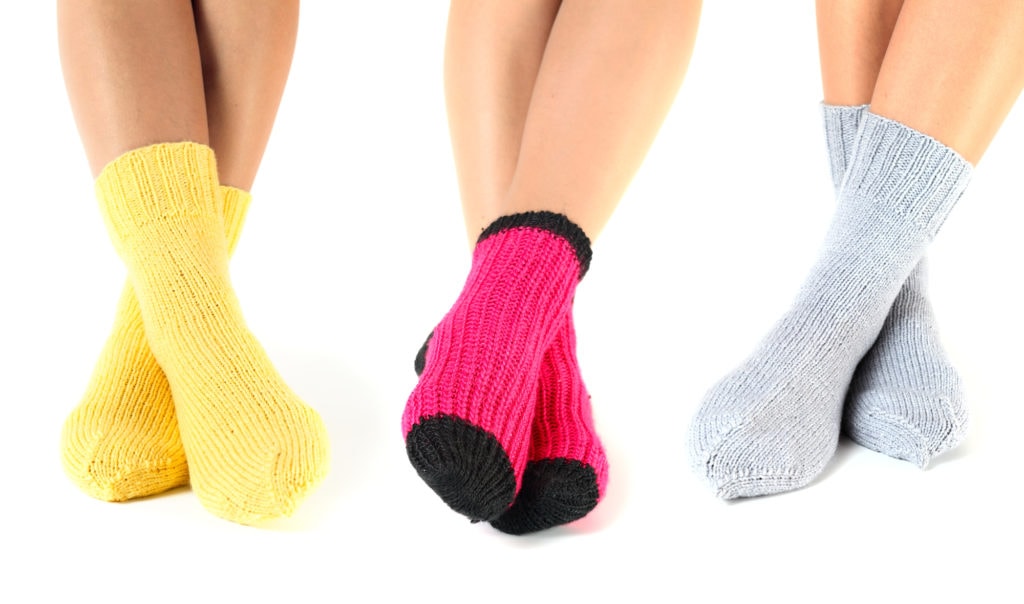
Drawing on their research, Heath and Goldberg designed new socks that featured:
- High-quality cotton made from merino wool
- New toe design that did away with the annoying toe seam
- Honeycomb arch that better embraced the foot arch
- Improved stitching for the sock heel
- Calf socks provided enough tension where it would stay up but wouldn't leave marks
- Blister tabs for ankle socks (useful when breaking in those new shoes)
Fun fact: The toe seam redesign benefited from Heath's ADHD. Growing up, annoying toe seams triggered his hypersensitivity issues. "I tried pretty much everything on the market," he said. "I ultimately resorted to turning my socks inside out because the toe seam over the front would always irritate me."
Homeless shelters receive their own customized pair of socks
The socks donated to homeless shelters are one-of-a-kind. Customers can't order them in-store or online. That means for each pair ordered, a pair goes to the homeless shelter. Heath and Goldberg didn't skimp on the design for these special socks, either.
"In working with giving partners to engineer a sock that would specifically meet the needs of the homeless," Goldberg told Insider. "We designed the sock to be darker to avoid less visible wear and tear, added an antimicrobial treatment to prevent the growth of odor and fungus since these socks are not washed as frequently, and added reinforced seams for great durability, ensuring a longer lifespan."
Helping alleviate homelessness requires capital
With the right product design and infrastructures in place, Heath and Goldberg quit their day jobs in 2013 and launched. They chose the name Bombas, as it is the Latin word for bumblebee. The manufacturer stitches "Bee better" into every sock, keeping in line with their branding.
The co-founders bootstrapped the early stages of their business. However, they needed financing to sell and donate socks on a larger scale. The pair started with launching an Indiegogo campaign.
The campaign title was: BOMBAS: Better Socks. Better World. Bee Better. Coupled with a catchy title and an impressive mission, the co-founders created a goal to raise $15,000 in 30 days. Their results exceed expectations: $25,000 in under 24 hours.
By the end of their campaign, they raised nearly $150,000 through Indiegogo.
Shark Tank 2014

Bombas wasn't well-received by most of the investors. Many claimed a buy-one-give-one model was not profitable. However, they did secure one investor's backing: Daymond John, founder of Fubu, a hip hop apparel company. John told CNBC Make It that thiswas among his top three most successful "Shark Tank" investments.
"It's been a dream working with them, honestly. They're laser-focused," John said. In just two months after that episode aired, the company made $1.2 million in sales. Their inventory completely sold out.
Bombas certainly proved the other investors wrong.
Doubling down on marketing
Appearing on Shark Tank put Bombas on more people's radars. Taking advantage of this increased brand presence, they doubled down on marketing.
Podcasting: Interestingly, podcast advertisements were a core part of their marketing strategy. At the time, it wasn't a space where advertising was super competitive, according to Kate Huyett, Chief Marketing Officer of Bombas. She explained that reviews from a trusted source helped drive sales.
"A podcast ad really gives you the implication of the host's buy-in, where the host says, 'I'm wearing these socks. They're the best ever, and I never want to wear anything else.' And it becomes a little bit more like a friend recommendation than a Facebook ad." she said in an interview with Midroll.
Videos: Bombas was also active in how they used video to convey their brand message. On their YouTube channel, they would post short videos that showed what they're all about. They included features about their socks. They also documented videos of employees giving out socks at homeless shelters.
Bombas socks were pricey, and videos helped customers understand where their money was going. Customers were buying more than high-quality socks. They were buying into a mission that helps those affected by homelessness.
Bombas offers more than socks now
Soon, Bombas expanded its product line beyond socks.
In 2019, they launched their line of Pima cotton t-shirts. Just as with their socks, Bombas donates a shirt to homeless causes for each t-shirt purchased. These shirts were just as thoughtfully designed as their flagship socks. They featured amazingly soft Peruvian Pima cotton and no more itchy tags.
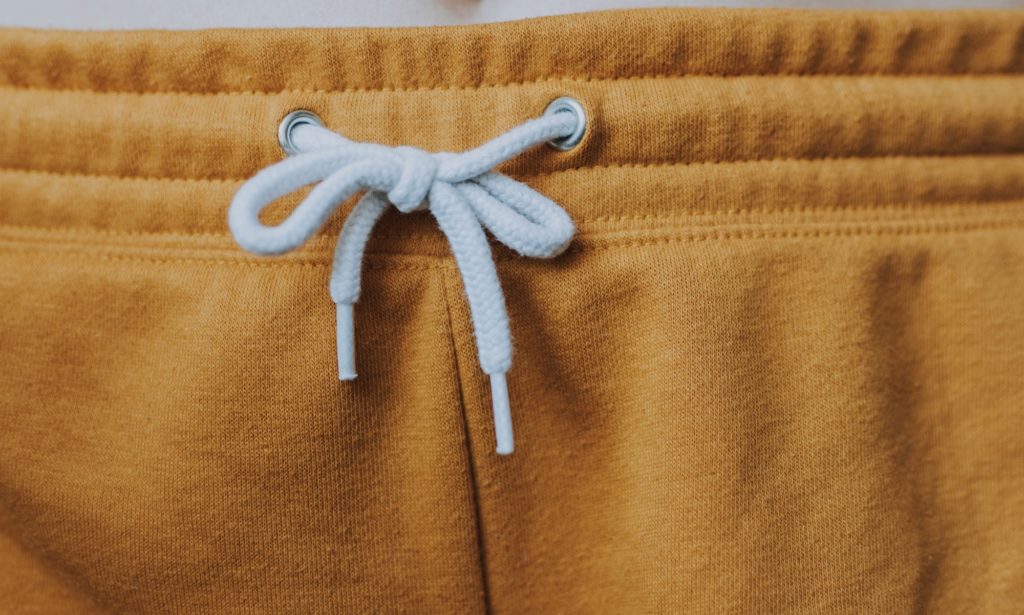
Today, the brand now sells other basics, including sweatpants, swimwear, and underwear.
By the way, Bombas is doing more than giving away socks. They also give away their time and labor. During the workweek, employees volunteer their time at homeless shelters. They hand out socks, serve food and meet people within the community. The company remains dedicated to helping reduce homelessness inside and outside the office.
Bombas Statistics
The company has been reporting consistently strong numbers over the years.
- 2015: Bombas reported $4.6 million in revenue, valued at $15 million.
- 2016: Revenue rose to $7.5 million.
- 2017: Revenue more than quadrupled to $46.6 million.
- 2018: Revenue passed $100 million.
The brand now employs more than 80 employees. They've sold and donated more than 20 million socks.
What Is So Special About Bombas Socks?
Bombas offers a fresh perspective on socks — from ankle socks to calf socks. Calf socks, for example, feature "Stay-Up Technology." They provide just enough tension to keep the sock from creeping down but not too much where they leave imprints on their leg. Ankle socks feature blister tabs, providing extra cushioning when your ankle rubs against your shoe.
Bombas socks have a Y-stitched heel that embraces the back of your foot. Also, the hand-stitched toe seam removes that annoying bump at the end of your toes. Bombas's honeycomb structure across the midfoot offers additional arch support.
"It's really about a thoughtful design and a consumer-focused approach to how we build a product in today's world," said Goldberg.
What Do Socks Have to Do With Capitalism?
Here at Capitalism.com, we believe the best solutions come to you by entrepreneurs. Bombas is a shining example of this.
- Here's the problem: homeless shelters need clothing, especially socks.
- The solution Bombas provides: for each item you purchase, Bombas donates an item on your behalf.
- What results has Bombas produced? This sock company has donated over 40 million items to more than 2,500 community organizations.
This is more than charity. Bombas confirms you can help solve real problems through free-market enterprise and capitalism. Let's dive deeper.
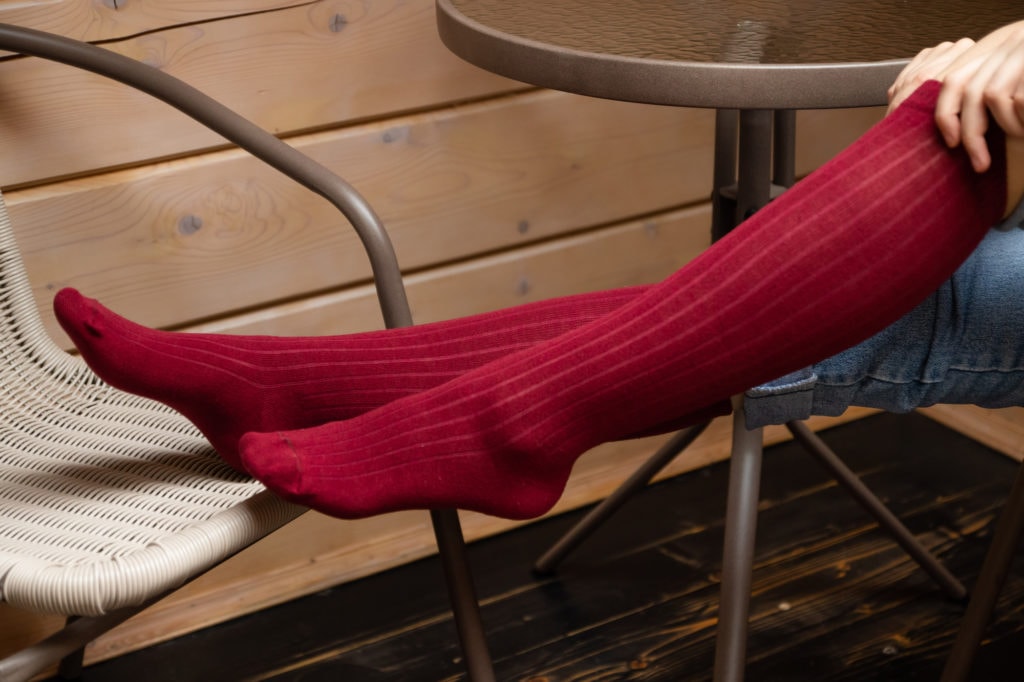
Bombas Delivers a Value-Packed Product
Remember: Heath and Goldberg underwent two years of testing before launching Bombas. The pair was committing to delivering superior quality, even for something as seemingly minor as socks.
It turned out that something as minor as socks could use tons of improvements.
The Bombas sock design passes muster for comfort and durability. It resolves the issue of annoying toe seams and socks that don't stay up. Bombas socks offer additional arch support that regular flimsy socks don't.
"You name it, we found it. Then we tweaked and tweaked until we reached total perfection," Bombas states on their website.
It's one reason why so many people purchase Bombas socks, despite their price. Bombas socks are just really, really good socks.
″[Starbucks] improved the quality so much and improved the experience around coffee that they were bringing the price up to three times what they used to spend," Goldberg told CNBC Make It. "So if it's 75 cents at a corner deli and it's $2.25 at Starbucks, you're willing to pay extra for a better experience, for a better product. And it's the same thing for our socks."
Bombas Has a Customer-Centric Approach
100% satisfaction guarantee or your money back is a common offer by companies now. Bombas is no different.
Bombas offers a "no matter what, no questions asked, no holds barred, no ifs, no ands, no buts" happiness guarantee. If you experience any issues, Bombas will replace or refund your socks, no problem.
That includes socks you lose in your laundry. According to their Laundry Back Guarantee, "If one of your Bombas socks disappears into the sock Bermuda triangle, we'll send you a replacement pair, no questions asked."
That's true customer satisfaction right there. (We don't know about you, but we've lost more than a couple of socks in the laundry.)
Bombas goes beyond customer satisfaction policy and also directly engages with their customers. Songwriter Dan Haas posted a video on Instagram singing an original song about his love for his Bombas socks, reported Capital Gazette. How did Bombas respond? With their own original song.

Bridget Johnson, one of Bombas's copywriters, posted an equally touching and catchy song. Among the original lyrics: "We were really impressed by the way that you shred. You put our socks on your feet. Now your song's in our heads."
The bottom line: Bombas cares about its customers. In return, customers give Bombas their continued patronage and loyalty.
Bombas Takes Care of Its Employees
Capitalism is more than the products on the front end. It's also about how employers treat their employees on the backend.
Employee turnover can subtract from a company's bottom line in recruiting, onboarding, and training costs. This problem isn't so common at Bombas. Between 2013 and April 2019, only three people quit the company.
Why? Because Heath and Goldberg wanted to create a workplace where employees wanted to stay.
"Randy and I said, 'We will never make people feel that way.' We will make people feel welcomed, included, supported--loved--as part of whatever it is we do," Heath told Inc. Magazine.
They aren't all talk either. Bombas is a certified B-Corp. They voluntarily submit to inspection by the nonprofit B Lab. They evaluate companies based on:
- Social and environmental performance
- Public transparency
- Legal accountability.
Benefits of Working at Bombas
Bombas offers an impressive benefits package, including a generous 401(k) match and fully paid health insurance. Bombas also compensates their employees well. They set salaries at the 65th to 85th percentile for compensation for similar work.
Finally, Bombas has a situational fund that employees can use to meet certain expenses. For example, this fund helped a designer cover costs after their apartment suffered a fire. Another time, the fund paid for a plane ticket so a customer service member could attend a funeral.
"For a company with millions a year in revenue, you're never going to miss those dollars, but to the employee, it means a tremendous amount," said Heath.
Read about other brands that give back in a major way, like Mattress Mack or Allbirds.
Bombas FAQs

What does Bombas mean?
"Bombas" is the Latin word for bumblebee. David Heath found inspiration in how bumblebees work together to improve the well-being of their hive. Similarly, Bombas wants to do their part to help alleviate some of the problems homeless people face.
Is Bombas a publicly traded company?
No, Bombas, LLC is still a private company. There are no Bombas stocks listed on any stock index.
Are Bombas worth the price?
Whether Bombas socks are worth the price depends on the individual's values and budget. Bombas socks start at $12.00 for men's socks — that's for only one pair. However, those who purchase Bombas socks may feel like they're paying for higher quality. Others are willing to pay the markup price because they feel like they're contributing to a worthy cause.
How much does a pair of Bombas socks cost?

One pair of Bombas socks start at $12.00 for men and $10.50 for women. Bombas also sells multi-packs at a discounted rate.
Are Bombas socks made in China?
Yes, Bombas does manufacture socks in China. The company also has manufacturing factories in Taiwan, Peru, and the United States.
Will Bombas replace socks with holes?
Yes, Bombas will replace socks or t-shirts if they develop holes. Customers will need to go through Bombas' Customer Happiness Team to arrange a replacement or refund.
The Bottom Line
Here's the thing about social entrepreneurship. Shoppers won't just flock to your brand, even if there is a charitable element. First, you have to choose and serve a specific audience. Then, you've got to deliver a value-driven product worth purchasing.
Remember that as you think of your next business idea. Think about the problems you see and possible solutions.
"I walk around the world with my antenna up and my eyes open, just looking for problems to solve," Heath said. "And of course, you always find things in the most unlikely scenarios."
Even socks.
